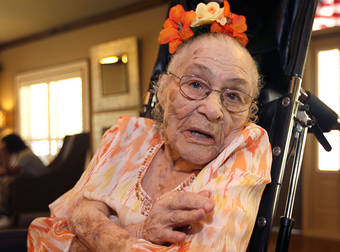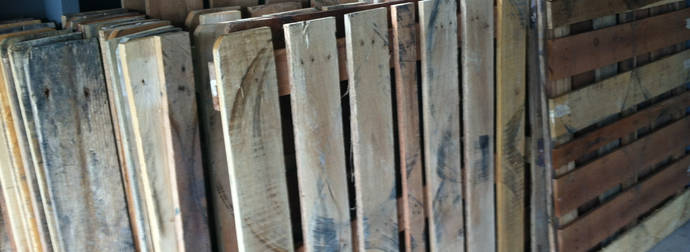In the early 1960s, a successful businessman and philanthropist named Girard B. Henderson used his significant wealth to spearhead a project he called Underground Home. These were homes outfitted to look like modern homes, complete with all the amenities and styles of the day, except they were, as the same suggests, completely underground. Why? Because this was during the height of the Cold War, when people considered a nuclear holocaust to be a possible future. The homes would provide comfortable shelter to survivors. The Underground Home was even exhibited at the 1964 World’s Fair in New York.
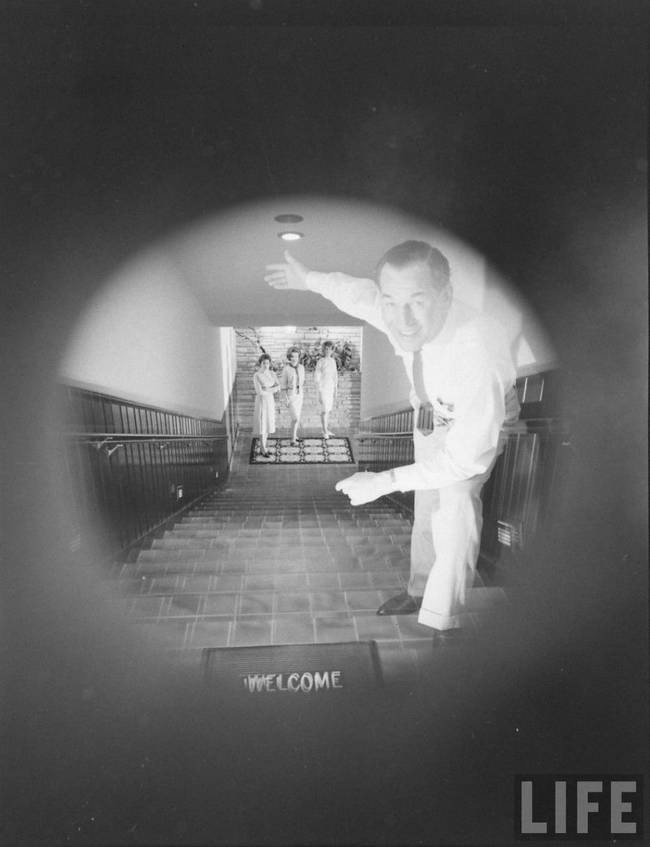 share
share
The house’s entrance looked pretty much like any other house’s entrance, except that it went down a flight of stairs.
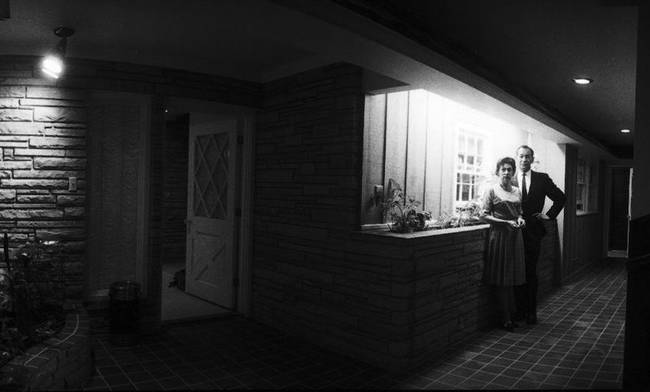 share
share
The door on the left looks like it leads to the outside, but it doesn’t.
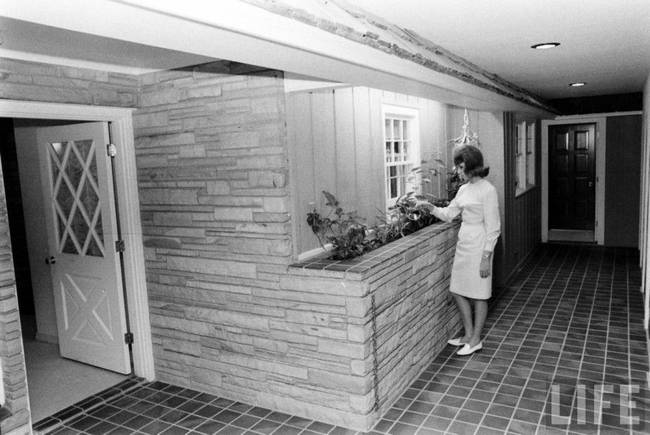 share
share
Inside, it looked like a modern (for the time) home, complete with tiling and decorative surfaces.
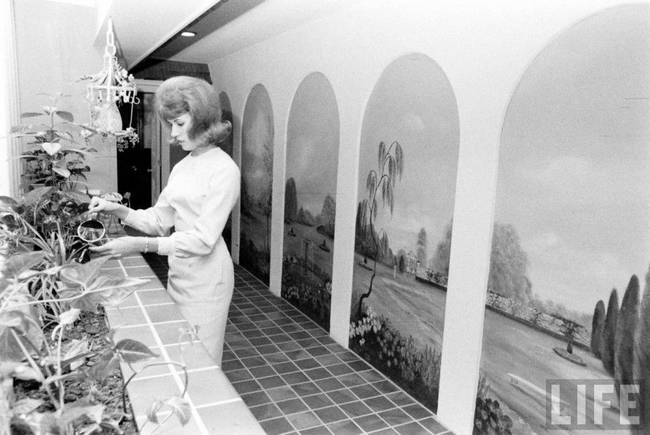 share
share
Inside the fallout shelter, you’ll see a lot of murals of the outdoors, probably included to make up for the fact that the house has no access to the actual outdoors. While that might keep you safe from radiation, it’s also a pretty serious fire hazard.
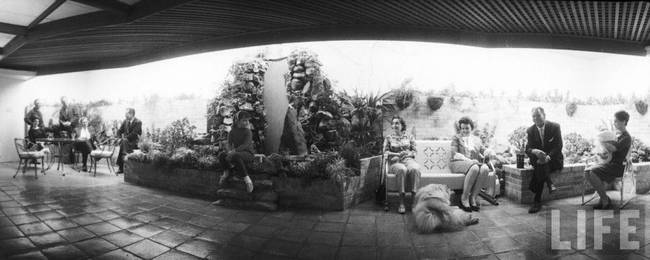 share
share
This area with the murals was meant to stand in for the outdoors, and even had adjustable lighting to mimic different times of day.
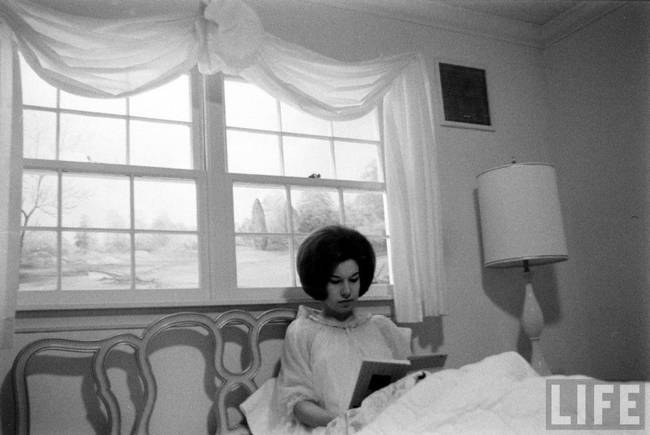 share
share
The “windows” here are fake, and even sport an image of some pretty trees. The “outdoors” also came with an adjustable light. Of course, that hair looks like it could easily withstand a nuclear explosion or two.
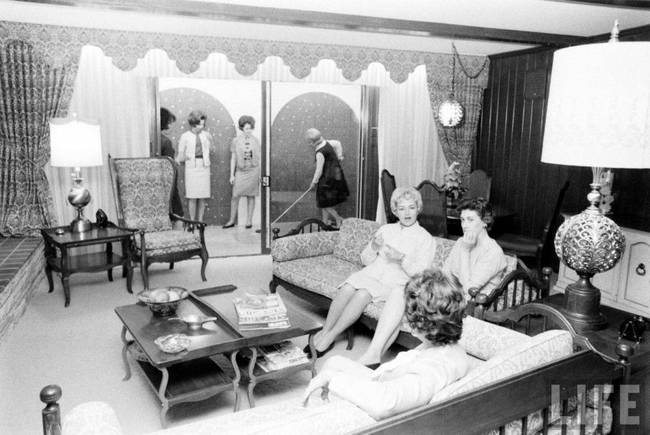 share
share
Unlike a bunker or basement, this fallout shelter was outfitted with furniture, rugs, lamps, and decoration. No word on how the lamps would be powered in the event of a global disaster, though.
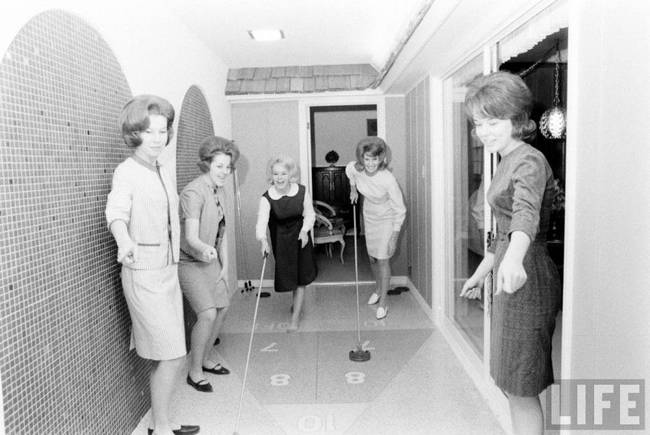 share
share
The house even included a shuffleboard court on its “exterior.”
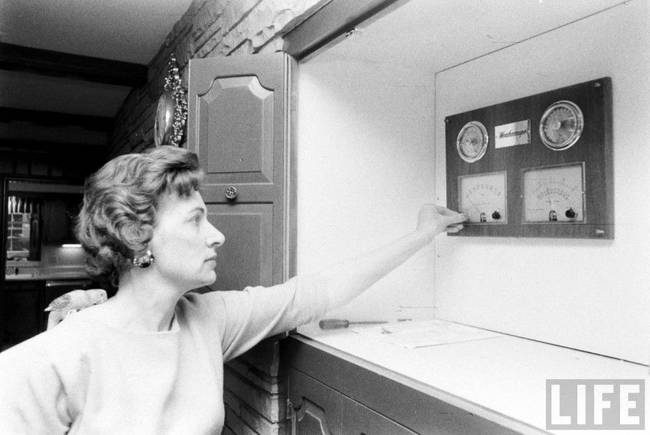 share
share
Besides being completely underground, the house also included a panel that would give inhabitants readings on radiation levels, temperatures, and other information about the surface.
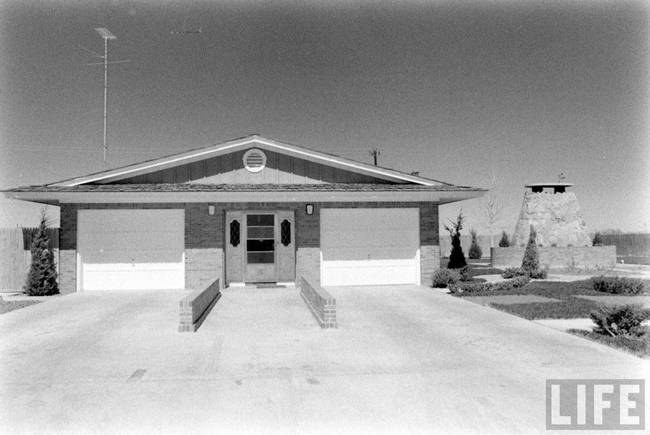 share
share
The exterior of the home. From this angle, the house almost looks normal, with two garages and a door, but instead of continuing back, the house continues down. The door also would allow the inhabitants a glimpse of the sun and some fresh air if they weren’t feeling too paranoid.
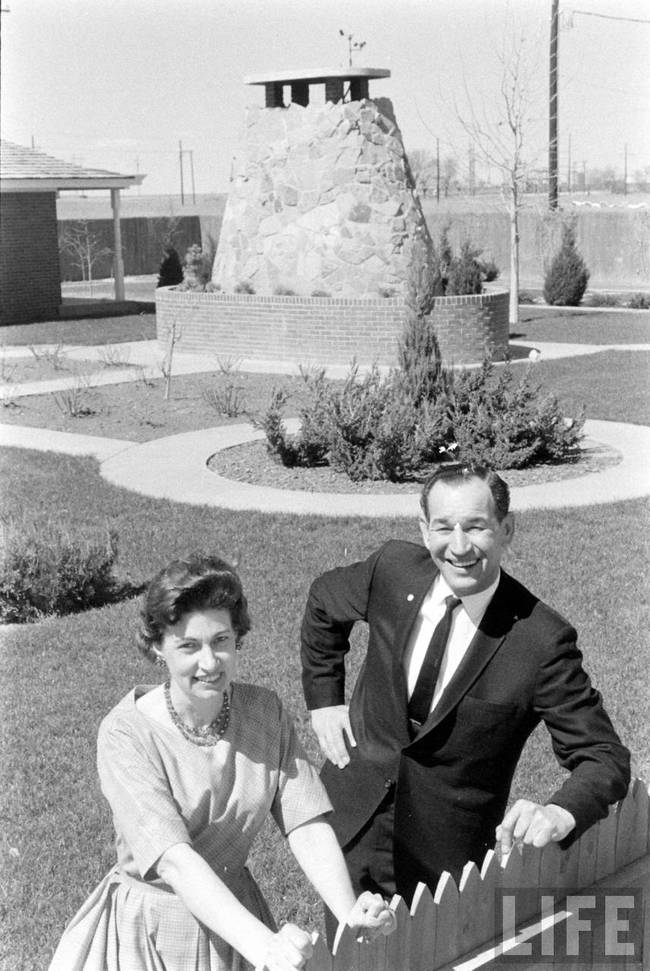 share
share
The yard features this huge vent in the middle, ostensibly for air flow through the house. In the case of radioactivity, thought, it’s unclear about whether there’s a protective measure taken. These people seem happy with it, though there’s no word about how the surface-dwelling neighbors liked it.
(via MessyNessyChic)
We can’t imagine what living underground like this might do to your mental health, but it’s probably not good. Still, it seems to appeal to some people even today. One of Henderson’s underground homes in Las Vegas was rediscovered recently when it sold for $1.7 million, and that one comes complete with a “back yard” painted to look like the outdoors. Henderson’s company didn’t last, needless to say, but these strange relics teach us about a different time.
 share
share
 share
share
 share
share
 share
share
 share
share
 share
share
 share
share
 share
share
 share
share
 share
share
 share
share

